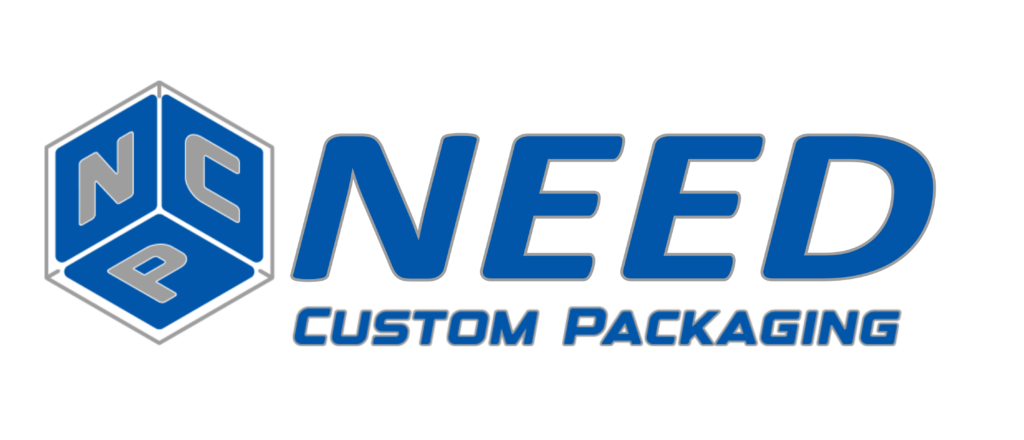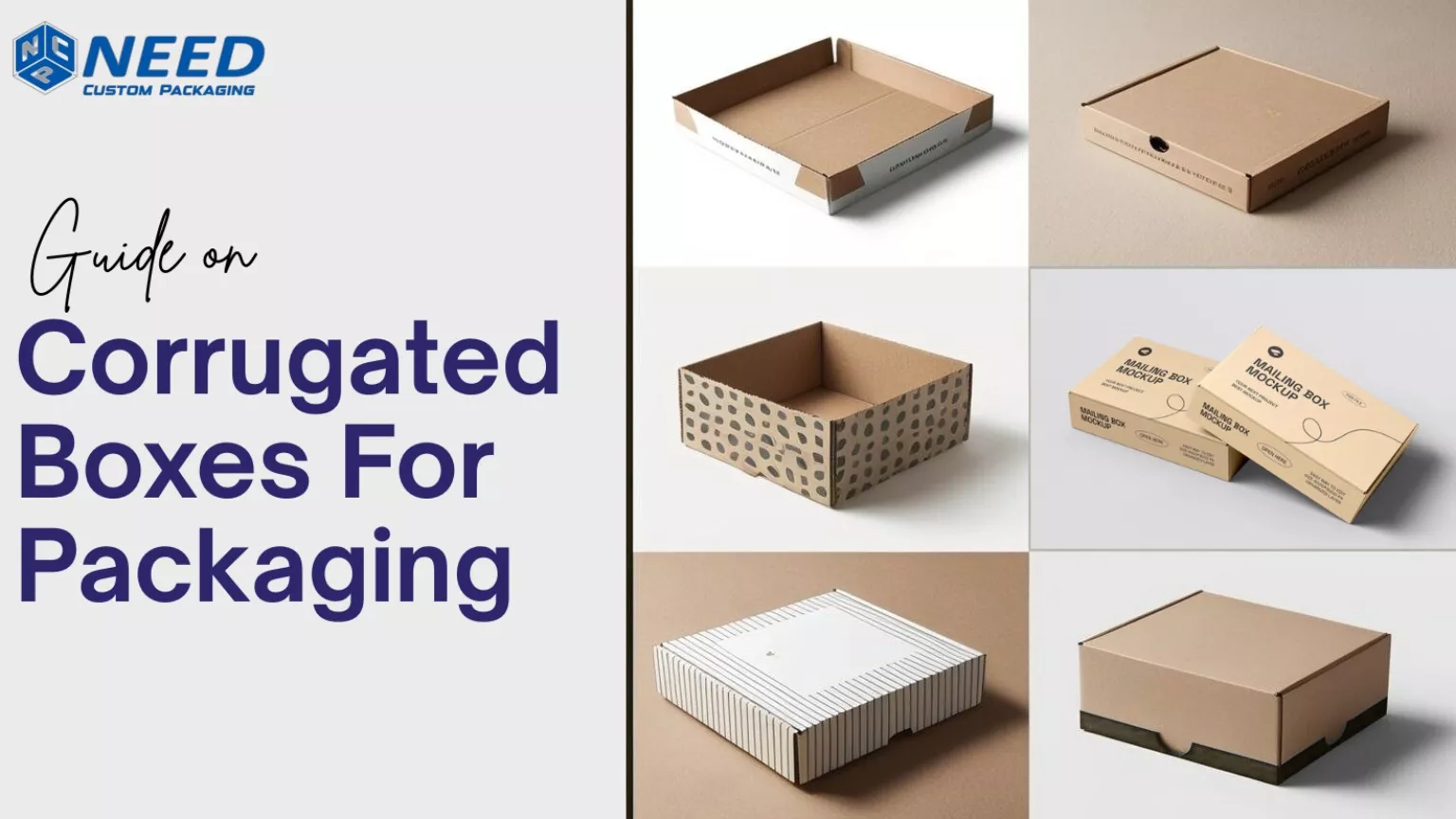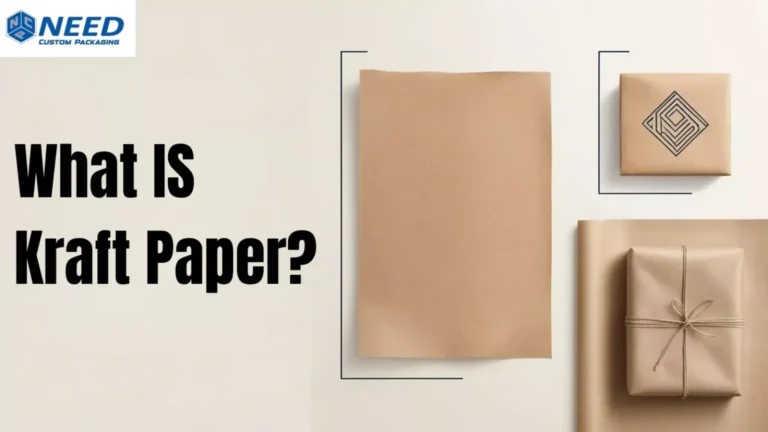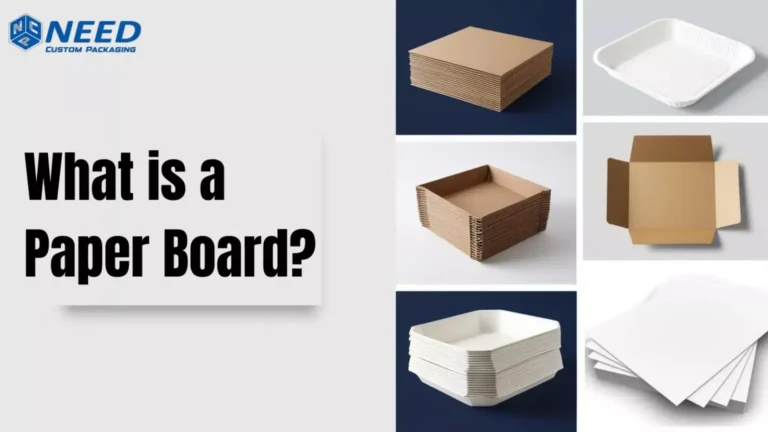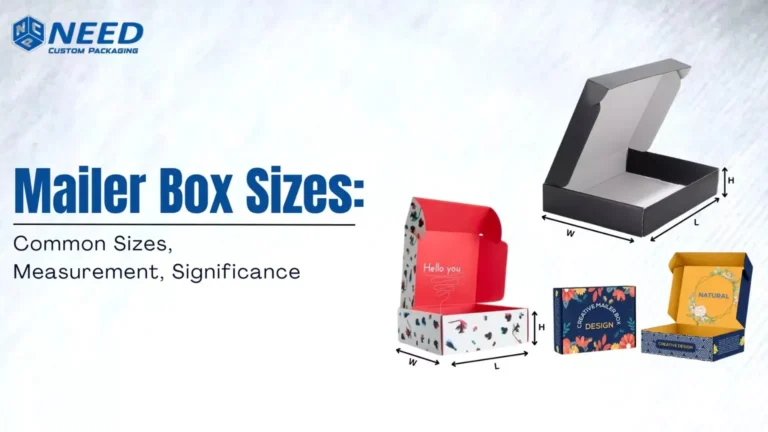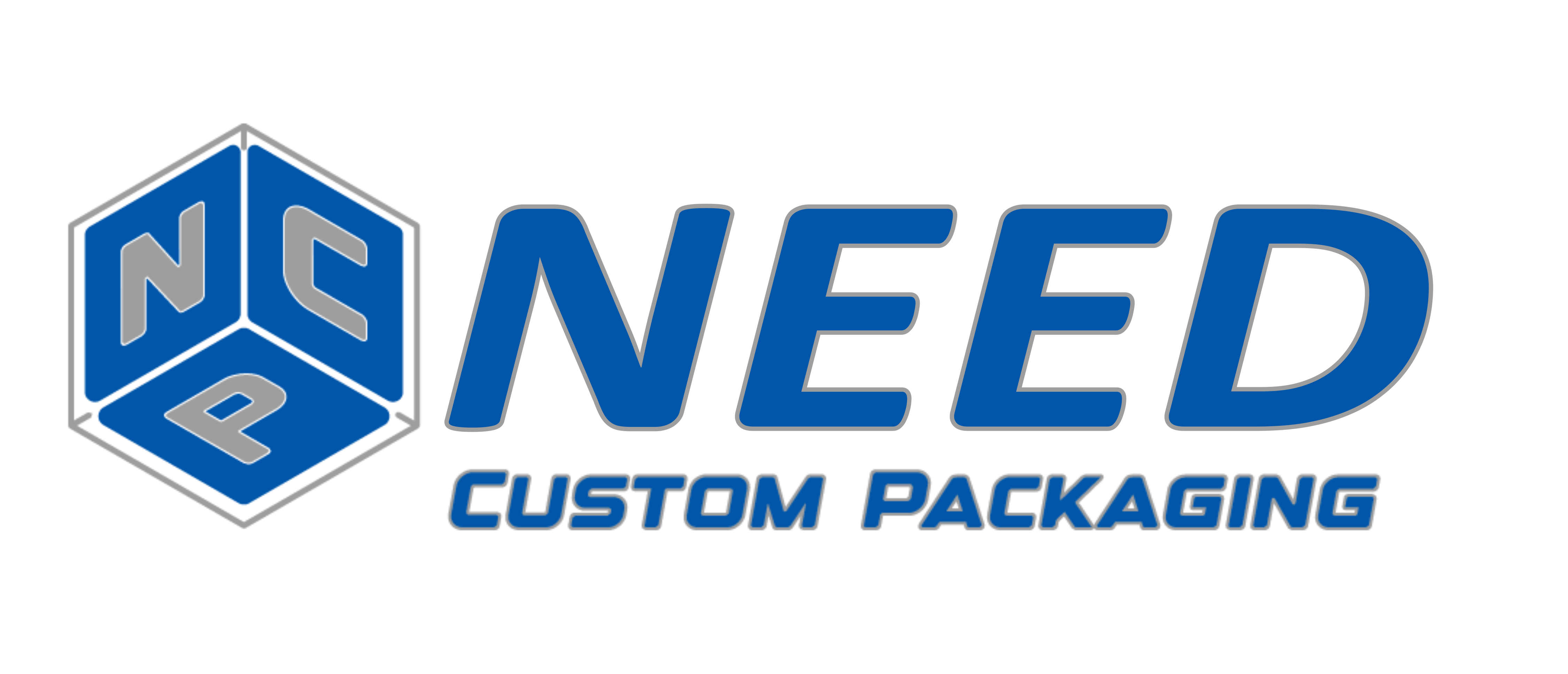Corrugated boxes are the unsung heroes in the packaging industry, and they are used for delicious pizzas and Amazon deliveries. These boxes have been the ideal choice for different small and large businesses looking to display and ship their products safely.
There is valid confusion when differentiating the corrugated from plain cardboard because they are not the same material. In this blog, we explore everything you need to know about custom corrugated boxes, including the materials, manufacturing, diverse styles, and uses across different industries.
What is a Corrugated Box?
A corrugated box is a packaging container engineered from corrugated fiberboard. It can be a big moving box, a takeout pizza box, or a standard shipping box. Moreover, bulk storage packaing boxes are used for warehouses.
- Corrugated Board: A multi-layered packaging material that consists of a fluted inner layer between two liners, ensuring excellent protection for packaging purposes. Corrugated board layers have crucial roles in deciding the strength of packaging.
- Cardboard: A single, thicker sheet commonly utilized for product packaging sleeves or cereal boxes.
Key Differences of Corrugated vs. Cardboard
Let’s explore cardboard vs corrugated:
| Feature | Corrugated | Cardboard |
| Material | Kraft liner and fluting | A single paperboard sheet |
| Strength | Higher impact resistance | Moderate resistance |
| Best for | Storage, safety, and shipping | Light retail packaging |
| Recyclability | Highly recyclable | Recyclable |
Corrugated cardboard vs cardboard has become an ideal option because of the stackability, crush resistance, and durability.
Important Components of Corrugated Boxes
Linerboard Types
- Kraft Liners: A Kraft linerboard is created from the virgin wood fibers, ensuring moisture-resistance and durability.
- Test Liners: Eco-friendly and recyclable options, but have been slightly weaker.
- Recyclable Liners: Engineered from recyclable material like kraft paper, ensuring the ideal sustainability.
Flute Types
It is important to explore various corrugated box flute types depending on your preferences. Let’s take a look at the different flute grades:
- A Flute: The thickness is 5mm for excellent cushioning of the fragile products.
- B Flute: 3mm thicker flute offering a better printing surface.
- C Flute: A 4 mm-thicker flute perfect for shipping products.
- E Flute: A 1.5mm flute ideal for lightweight retail packaging.
- F Flute: The thickness is 0.8mm for the smaller retail boxes.
Flute Combinations
- BC Flute: Versatile and strong flute for heavy-duty packaging.
- EB Flute: Sturdy and slim flute for the branding and retail packaging.
- AC Flute: The sturdiest and durable flute combo to ensure safe product packaging.
Types of Corrugated Boards
The following corrugated boards are used to create types of corrugated boxes:
Single Face Board
This basic board is made by combining the one liner and one flute. It is used for the cushioning or inner wrapping of products, enhancing the customer experience. These corrugated boards have lower strength levels against damage during the display and shipping of products.
Single Wall Board
Single wall vs double wall boxes are usually engineered from two liners and one flute. It is the perfect packaging material for standard shipping boxes. This board can easily hold a weight of 20 to 65 lbs.
Double Wall
A double wall board includes three liners and two flutes, enhancing the strength level. These are the perfect option for shipping boxes, ensuring the stacking and safety of heavier products. Double wall boards provide packaging protection and shipping durability for products weighing 65 to 95 lbs.
Triple Wall
A triple-wall board is crafted from four liners and three flutes, providing exceptional strength for the safe shipping of products. These boards have become ideal for industrial and heavier loads. Triple wall board with burst strength and stacking strength can carry the weights of 95 to 300+ lbs.
Common Corrugated Box Styles
These boxes are available in different shapes, including the die-cut styles.
- Regular Slotted Container (RSC): An eco-friendly corrugated packaging, which is the most common option, featuring flaps of the same length.
- Tab Lock Roll End: An easy-to-assemble box that is a perfect choice for shipping smaller products.
- One-Piece Folder: This box has a wrap-around style, which is ideal for flat items, including books.
- Tuck Top Auto Bottom: A sustainable packaging box that is easy to assemble and has retail-ready features.
It is important to consider that a packaging style is ideal for handling and presentation of different product types.
Quality Tests for Corrugated Boxes
This eco-conscious packaging is made from recyclable materials. You can consider the following corrugated board tests to measure important factors.
- Edge Crush Test (ECT): Stacking strength of boxes through ECT rating.
- Mullen Test (Burst Test): Internal/external pressure resistance of boxes.
- Flat Crush Test: Strength of the box flute under pressure.
These are necessary packaging strength tests to ensure reliability during the product presentation and shipping.
Understand the Box Maker’s Certificate (BMC)
It is important to understand the maker certificate, which is based on different analyses, such as the box compression test.
Key Elements:
- ECT or Mullen rating
- Size Limit
- Type of board
- Weight Limit
ECT vs. Mullen
- ECT-rated boxes: A modern option for measuring the stacking strength.
- Mullen-rated boxes: A traditional measurement standard to measure bursting strength.
If you’re wondering about the broader concept behind all types of packages, here’s a quick read on “What is Packaging?” to help you understand its core purpose and components.
Benefits of Corrugated Packaging Boxes
- Durability: The ideal corrugated box manufacturing process ensures ideal product protection during transit.
- Cost-Effective: An affordable packaging even at large box volumes.
- Eco-Friendly: A biodegradable and recyclable box created from recycled materials.
- Lightweight: A stackable box minimizes shipping costs for different products.
- Customizable: Easy to print usage instructions, brand colors, and logos.
Disadvantages of Corrugated Boxes
- Water Sensitivity: Moisture absorption without coating.
- Less Premium Look: Imperfect for luxury branding.
- Bulk Storage: Takes up additional space without collapsing.
Customization Options
- Sizes: Tailored options depending on product requirements.
- Flute Combinations: Combine different flutes to customize strength.
- Full-Color Printing: Highlight the branding elements on custom boxes with logo.
- Coatings: Water-resistant coating to maintain integrity.
- Laminations: Options like matte or gloss to enhance elegance.
- Dividers and Inserts: These are the ideal options to ensure magnificent presentation and protection.
Customization options make these boxes ideal for different industries such as clothing, food and beverage, cosmetics, and electronics.
Choosing the Right Corrugated Box for Your Business
When you are looking to choose a custom corrugated box, it is essential to match the box strength with the product fragility and its weight. The shipping method and delivery destination also help you to choose the ideal corrugated packaging. You can also use eco-friendly materials to contribute to a sustainable environment.
Conclusion
Custom corrugated boxes are eco-friendly, safe, and efficient packaging solutions. These boxes are dominating the packaging industry due to excellent protection and extensive customization options.
Are you ready to enhance your product protection and boost business sales? Get a free quote from Need Custom Packaging and improve customer satisfaction!
FAQs
What is the difference between cardboard and corrugated?
Cardboard is a single-layer, thicker paperboard, while corrugated is a multi-layer material ensuring excellent strength.
How many types of corrugated boxes are there?
There are mainly 4 types of corrugated boxes, including single-face, single-wall, double-wall, and triple-wall packaging.
What are corrugated flutes used for?
Answer: Flutes provide insulation, strength, and cushioning for packaged products.
Are corrugated boxes eco-friendly?
Yes, corrugated boxes are an eco-friendly packaging option.
Which corrugated box is best for shipping fragile items?
Double-wall and triple-wall boxes are best for safely shipping fragile items.
How strong are the corrugated boxes tested?
Answer: Corrugated boxes are tested through the flat crush test, edge crush test, and brush strength test.
Can I customize corrugated boxes for my business?
Yes, you can customize corrugated boxes for your business.
